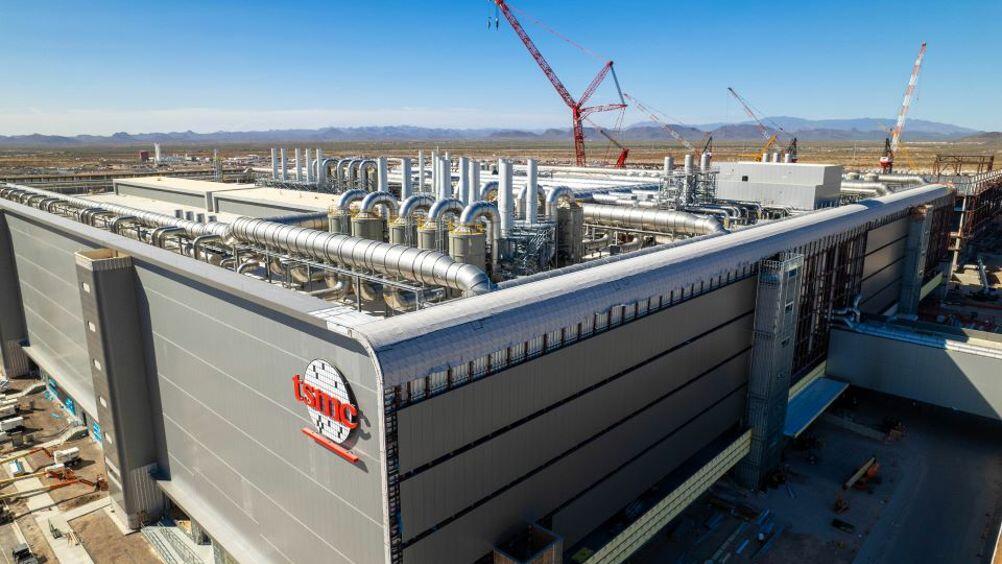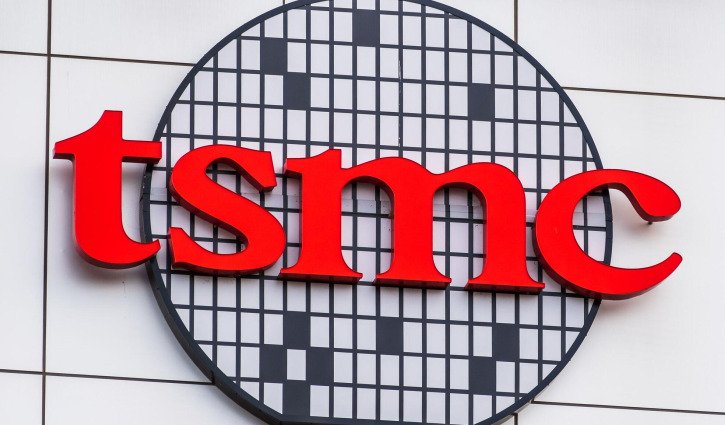Taiwanese semiconductor manufacturer TSMC says tariff uncertainties are not impacting its 2025 revenue forecast in a year of global expansion for the company.
In its March earnings report, TSMC’s Q1 revenue came within guidance to US$25.53 billion - a 35.3% year-on-year increase through riding the wave of demand for ex-China chip supplies.
However, that figure was a 5.1% decrease from Q4 last year.
“Our business in the first quarter was impacted by smartphone seasonality, partially offset by continued growth in AI-related demand,” TSMC CFO Wendell Huang said.
CHIPS make a dent
It also took a US$442 million loss from its Arizona semiconductor facility - a facility largely seen as a geopolitical maneuver forced upon it by America and its CHIPS Act.
CHIPS is the U.S. Government’s US$53 billion incentive scheme to build its domestic semiconductor supply chains and recipients agree not to expand their manufacturing bases in China.
It’s about to have a makeover, with U.S. President Donald Trump signing an order at the beginning of the month to set up and take over the program.
As part of its commitment and quasi-protection of its sovereignty (at least for the time being) by America - the company is throwing in US$100 billion to help build and develop its semiconductor value chain.

Road ahead
“Moving into second quarter 2025, we expect our business to be supported by strong demand for our industry-leading 3nm and 5nm technologies,” Huang said.
That’s being backed by an upped guidance of between US$28.4 billion and US$29.2 billion - a 13% increase to Q1 results.
TSMC says its capex budget remains on track, with about 70% of a US$38-US$42 billion warchest being allocated for advanced process technologies.
Roughly 10-20% will be spent for specialty technologies and about 10-20% will be spent for advanced packaging, testing, mask-making and other items.
“With our fundamental competitive advantages of manufacturing technology leadership and large-scale production base, we expect TSMC to be the most efficient and cost-effective manufacturer in the region that we operate,” Huang said.
“Thus, even considering our global manufacturing expansion plans, we believe a long-term gross margin of 53% and higher is achievable.”
The semiconductor manufacturer says there had been no material impact from tariff policies so far and expected full year revenue to increase close to the mid-20% mark.
“While we have not seen any changes in our customers’ behaviour so far, uncertainties and risks from the potential impact from tariff policies exist,” Huang said.
“We will continue to closely monitor the potential impact on the end market demand, and manage our business prudently.”



